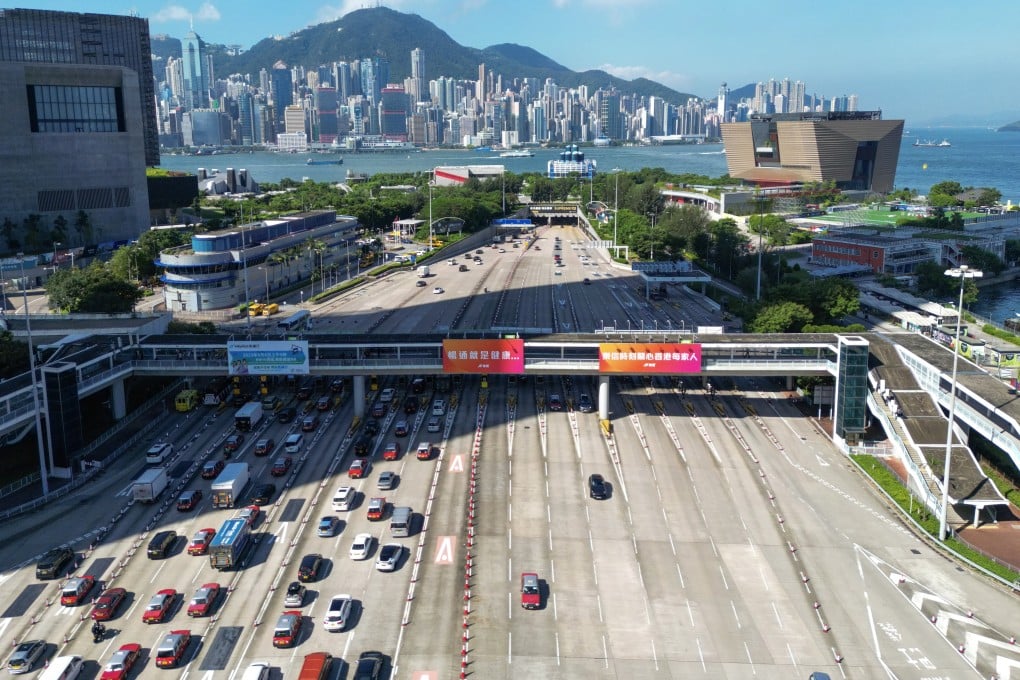Opinion | How HKeToll can make Hong Kong a better city at the street level
- When time-varying tolls are introduced at the three cross-harbour tunnels, Hong Kong will have a form of congestion charging for the first time
- The charging system could be extended to congested roads which are not tunnels, and free up road space for pedestrians and landscaping

Under the new plan, tolls for private cars using the Western Harbour Tunnel at peak periods will be higher than for the other two tunnels. But all three tunnels will charge the same toll during non-peak hours. The cheapest period is from 7.38pm to 7.29am, when it will be HK$20 for all three tunnels.
Private cars using the Cross-Harbour and the Eastern Harbour Tunnels will pay HK$40 at peak periods in the morning and the evening and HK$30 during the normal period, between 10.23am and 4.29pm. There are a few brief transition periods every day, when there will be progressive charges.
Unfortunately, there is a fixed HK$50 charge for trucks. A reduced charge of, say, HK$20 ought to be implemented for goods vehicles during non-peak hours, to reduce heavy vehicle traffic on the streets at busy times of the day.
The pricing structure is intended to flatten out peak traffic and encourage car use at less busy times. But the higher peak charges will probably also discourage people from using cars. This system should have an impact on how people commute.

